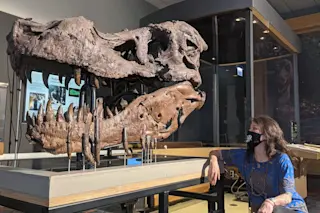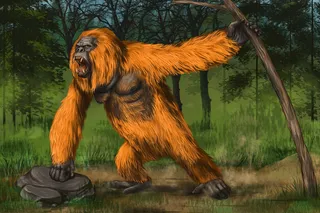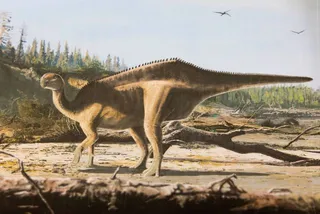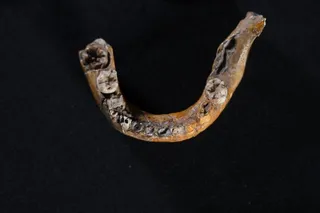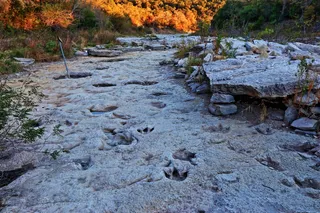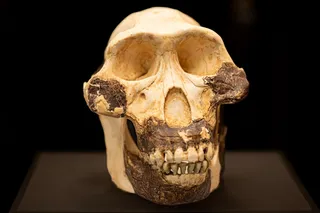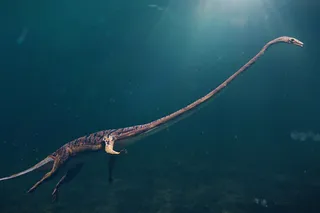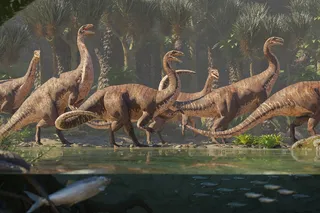The Tyrannosaurus rex at the Chicago Field Museum, affectionately known as "Sue," ranks among the biggest and best-preserved specimens of T. Rex in the world. That said, the fossilized dinosaur is far from flawless. In fact, the 67-million-year-old specimen has several strange holes in its jaw, and scientists have long wondered why.
A study in Cretaceous Research recently states that their search for answers is far from over. Rejecting the popular theory that these holes came from a common protozoan parasite, this new study stresses that the cause of these injuries remains unknown.
First found in 1990, Sue’s skeleton indicates that the dinosaur suffered from a variety of injuries and aliments throughout its 33 years. The strangest of these resulted in a smattering of sizable holes — some almost two inches across — in Sue’s lower left jawbone. And though the same sorts of injuries have appeared in several other ...



